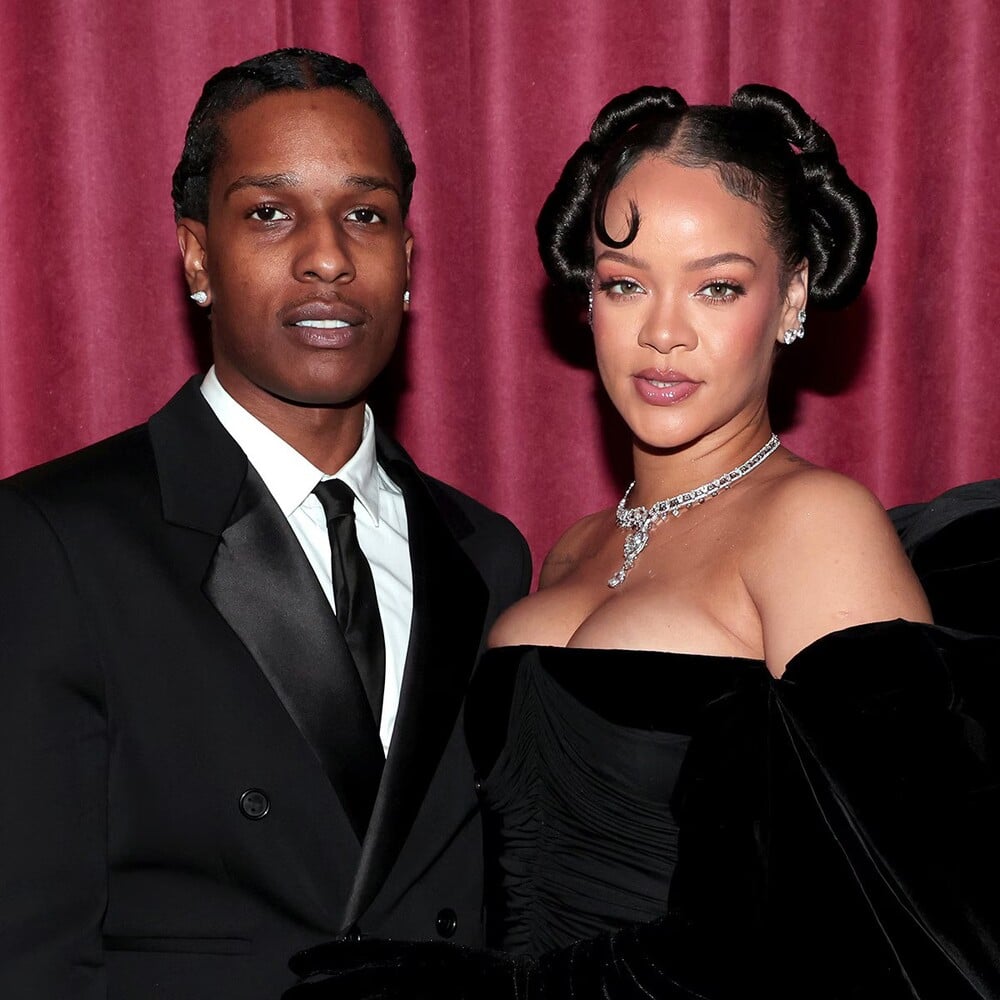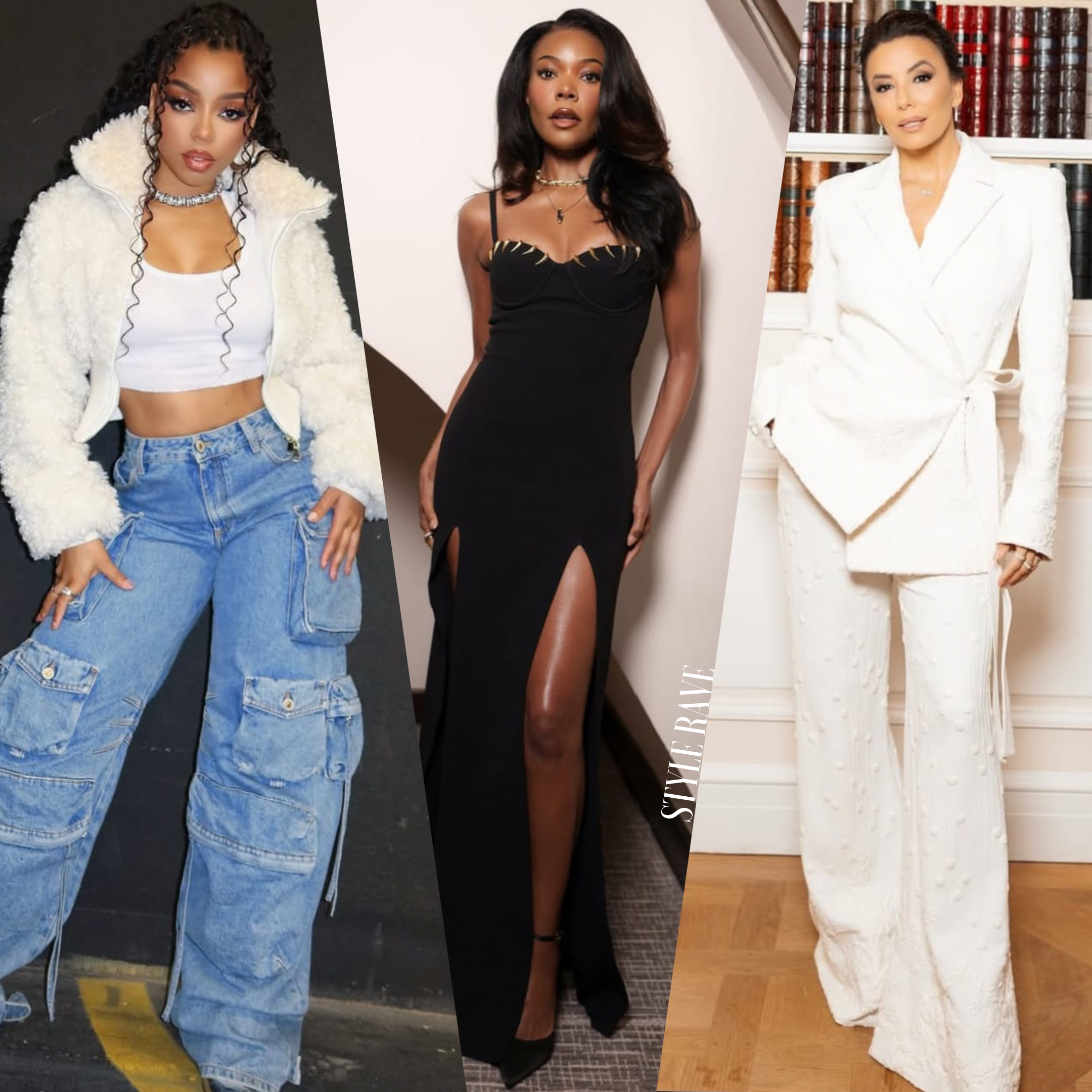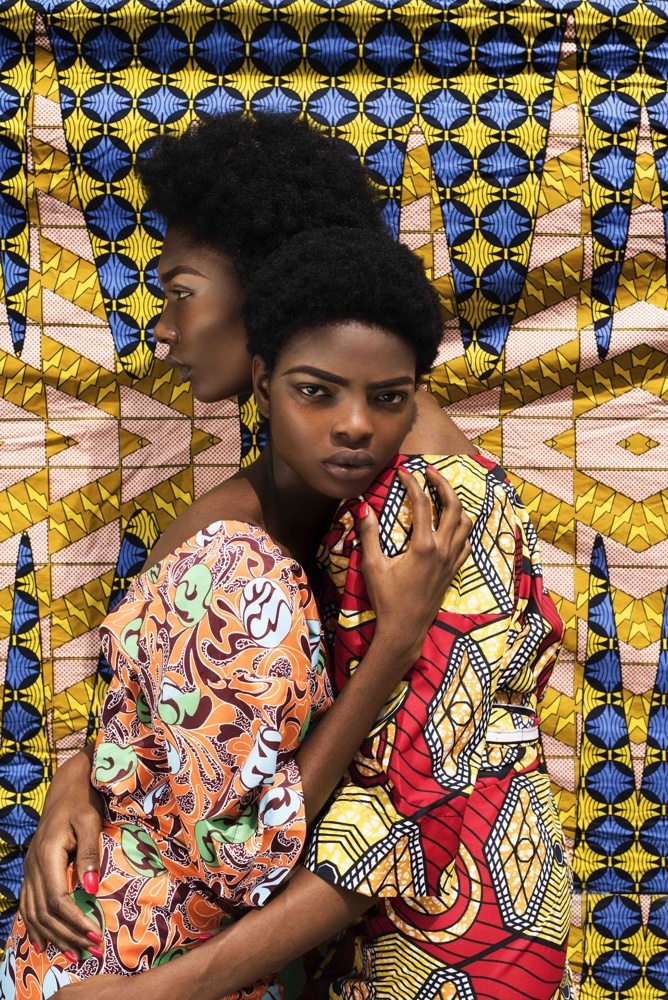Top Posing Tips For Portrait Photoshoots: Bring Your Photos To Life
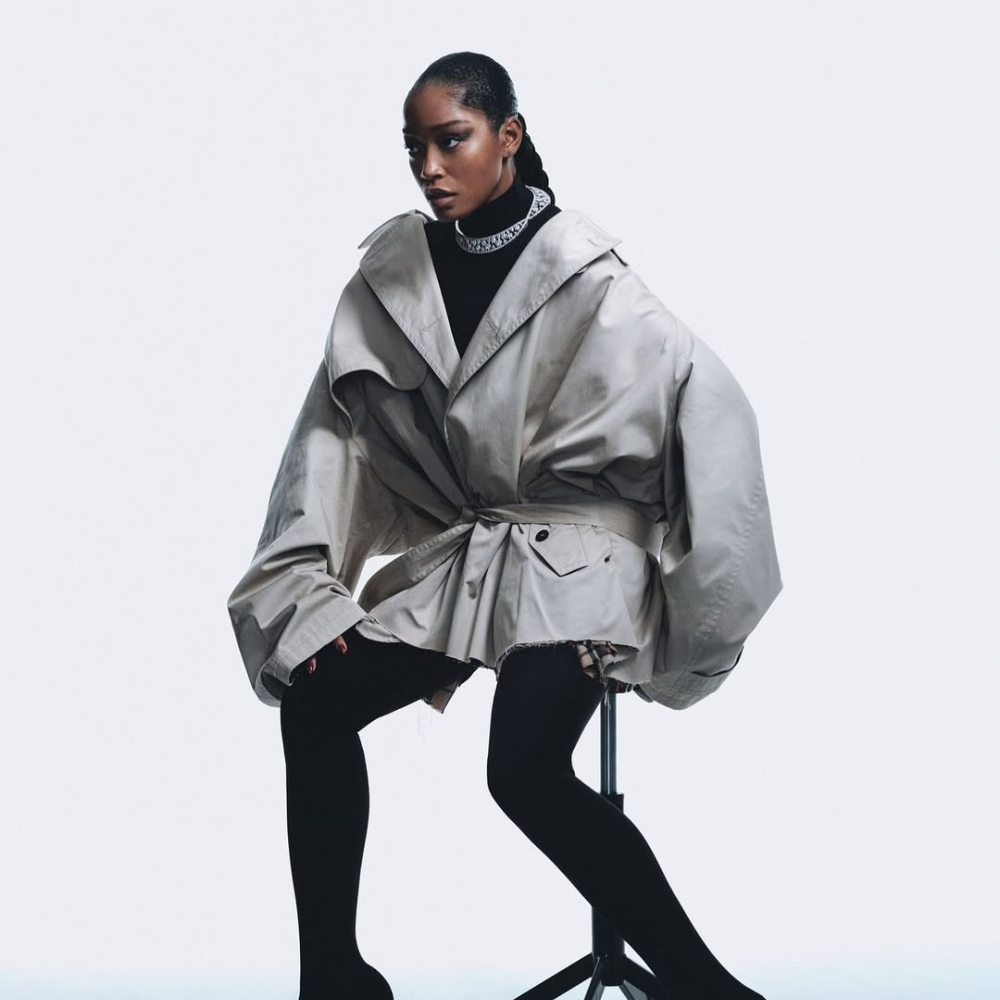
At Style Rave, we aim to inspire our readers by…
When it comes to capturing the perfect portrait, it’s not just about snapping a photo—it’s about creating an image that tells a story. Lighting, angles, composition certainly play a huge role, but one of the most important factors is the pose. The right portrait photography pose can make or break a shot, bringing out the model’s personality and highlighting their most flattering features. Whether you’re a photographer directing clients or someone aiming to look more natural in front of the camera, these top posing tips will help you create stunning portraits that leave a lasting impression.
With the right guidance, even simple adjustments can significantly change how a person appears in front of the camera. Whether you are a photographer directing clients or someone looking to feel more confident in pictures, portrait posing tips from our guide will ensure your images leave a lasting impression. From understanding the basics of posture to adding movement and interaction, these insights will help you achieve stunning results.
Here Are Some Tips to Note When Posing for Portrait Photoshoots…
#1. Nail the Basics of Great Portrait Photography Poses
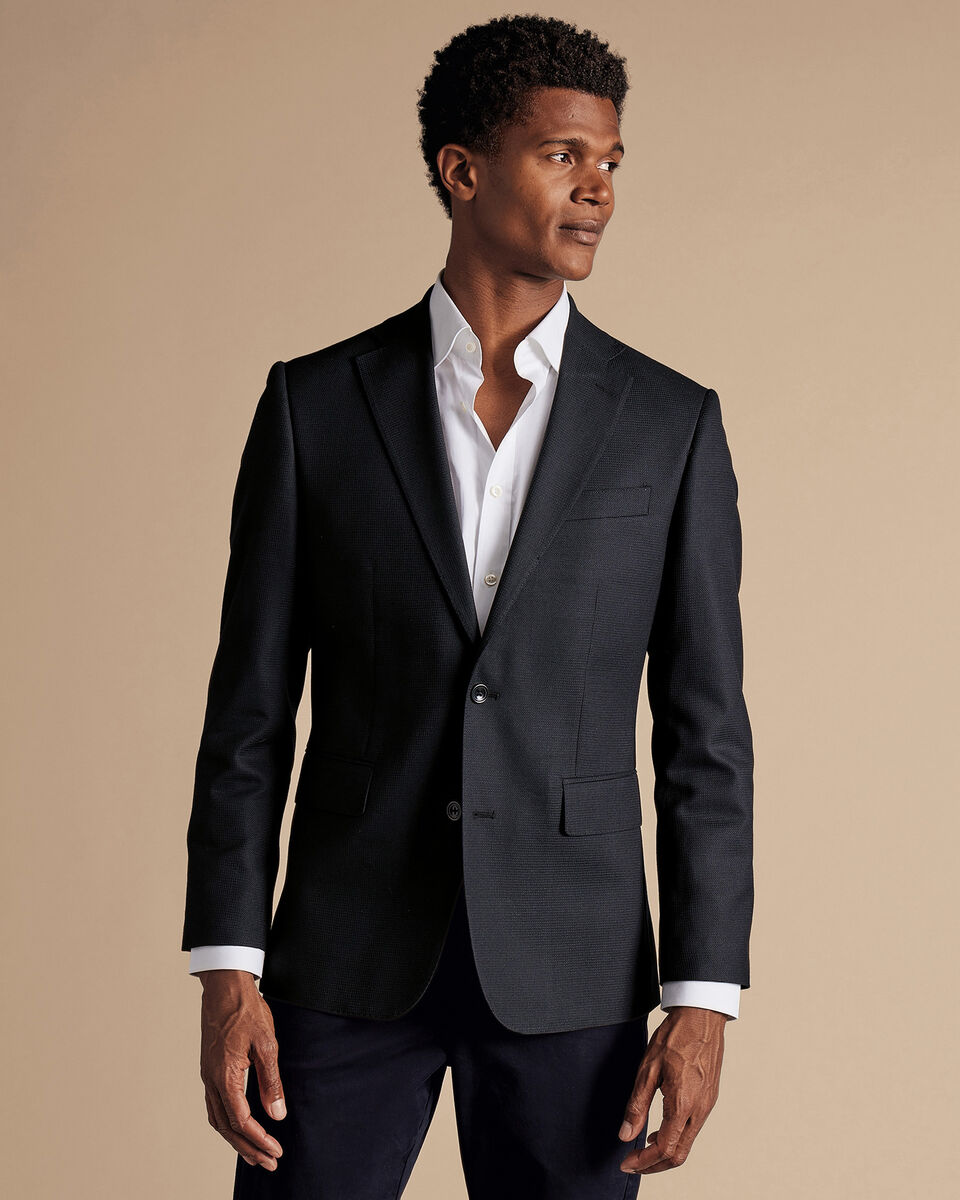
Sometimes, it’s the smallest changes in posture that can transform an average photo into something extraordinary. A great portrait photography pose always starts with a good posture. Encourage your model to straighten their spine, relax their shoulders, and avoid any stiffness. A subtle lean forward from the waist or shifting weight onto one leg creates a relaxed, natural look—plus, it’s flattering.
Facing the camera head-on can sometimes feel a bit flat. A slight turn of the body adds depth and dimension to the shot. To elongate the neck, have your model lift their head just a bit and gently push the chin forward. This little movement not only creates a more elegant posture but also minimizes the dreaded double chin effect.
For a more defined jawline and intense eye contact, position the chin slightly down and forward. Here’s a pro tip: ask your subject to press their tongue lightly to the roof of their mouth—it’s a great trick for avoiding a double chin and directing attention to the areas that matter most. Emphasize these elements further with portrait retouching to maximize the impact.
When it comes to hands, don’t let them hang awkwardly! A natural portrait pose might involve slipping a hand into a pocket, resting gently on a surface, or even lightly touching the face. These subtle movements help create soft, flattering lines and a relaxed vibe. Remember, the key is to make sure your subject feels comfortable. The more at ease they are, the better their portrait will turn out.
#2. Add Motion and Interaction for That Natural Vibe
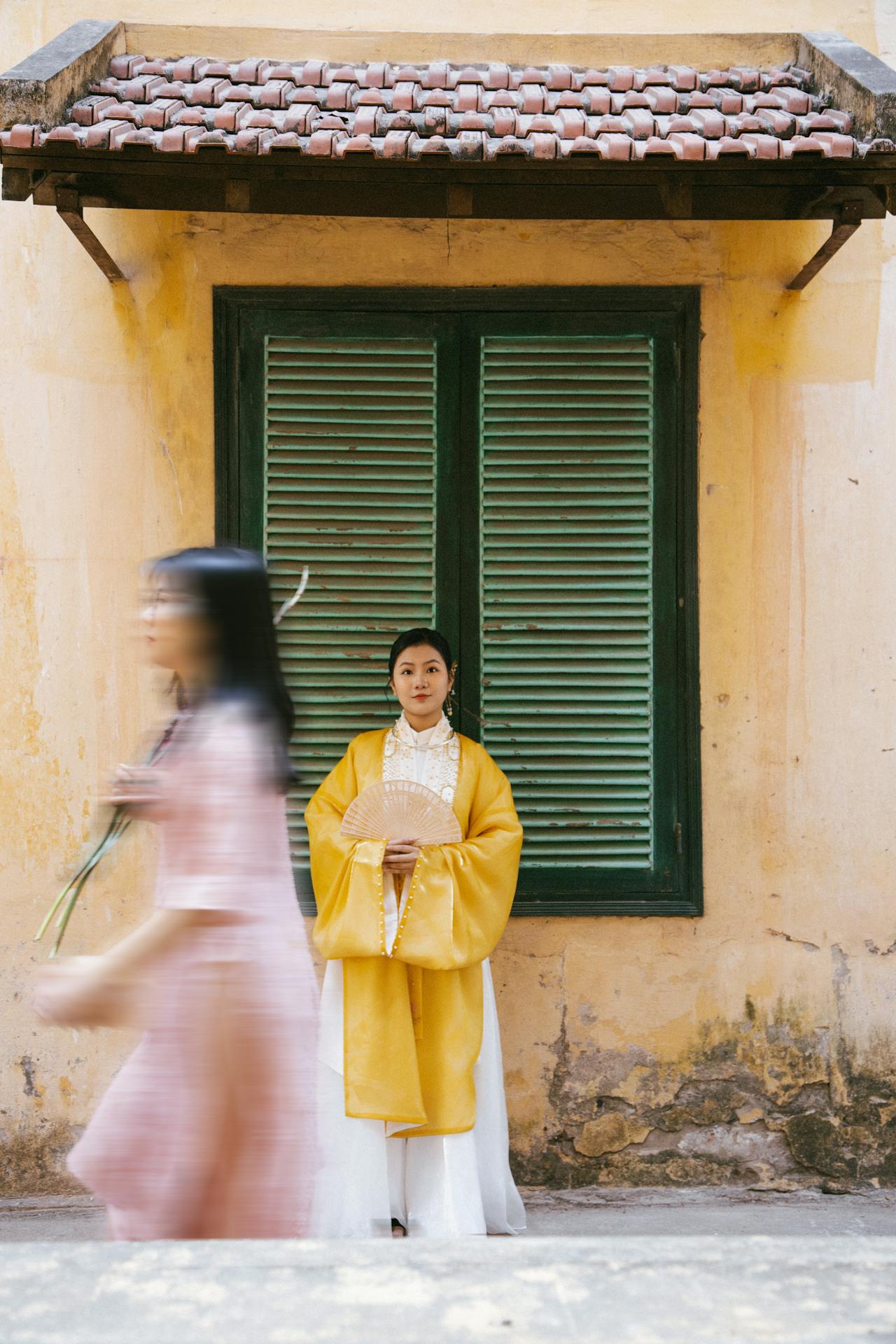
Stiff, overly posed photos often feel lifeless, don’t you think? Movement can make a world of difference, adding energy and authenticity to your shots. Even the smallest gestures—like a head turn, a casual hair flip, or shifting weight between legs—can totally transform the look and feel of the portrait.
Another great way to introduce movement? Interaction. Get your model / subject to lean against a wall, twirl a scarf, or hold something meaningful. It’s a natural way to make them feel more relaxed, and it often leads to more genuine moments. Plus, introducing an element of storytelling can make your shots more dynamic and engaging.
If you want to capture motion, be mindful of your camera settings. A faster shutter speed will help freeze any movement, ensuring crisp, sharp shots without any blur. But if you’re after a dreamy, flowing effect, experiment with slower shutter speeds to capture a sense of motion. Sometimes, motion blur can add a beautiful, artistic quality to a portrait. And if you’re already wondering what is motion blur in photography? It is the streaking effect captured in a photo when a subject or a camera moves. Motion blur is not always an enemy, especially in portraits. Experiment with slower shutter speeds to use it creatively if it matches your vision. This effect is beneficial for shots with a dreamy and flowing quality.
#3. Create Dynamic Group Portraits: Beyond the Staged Look
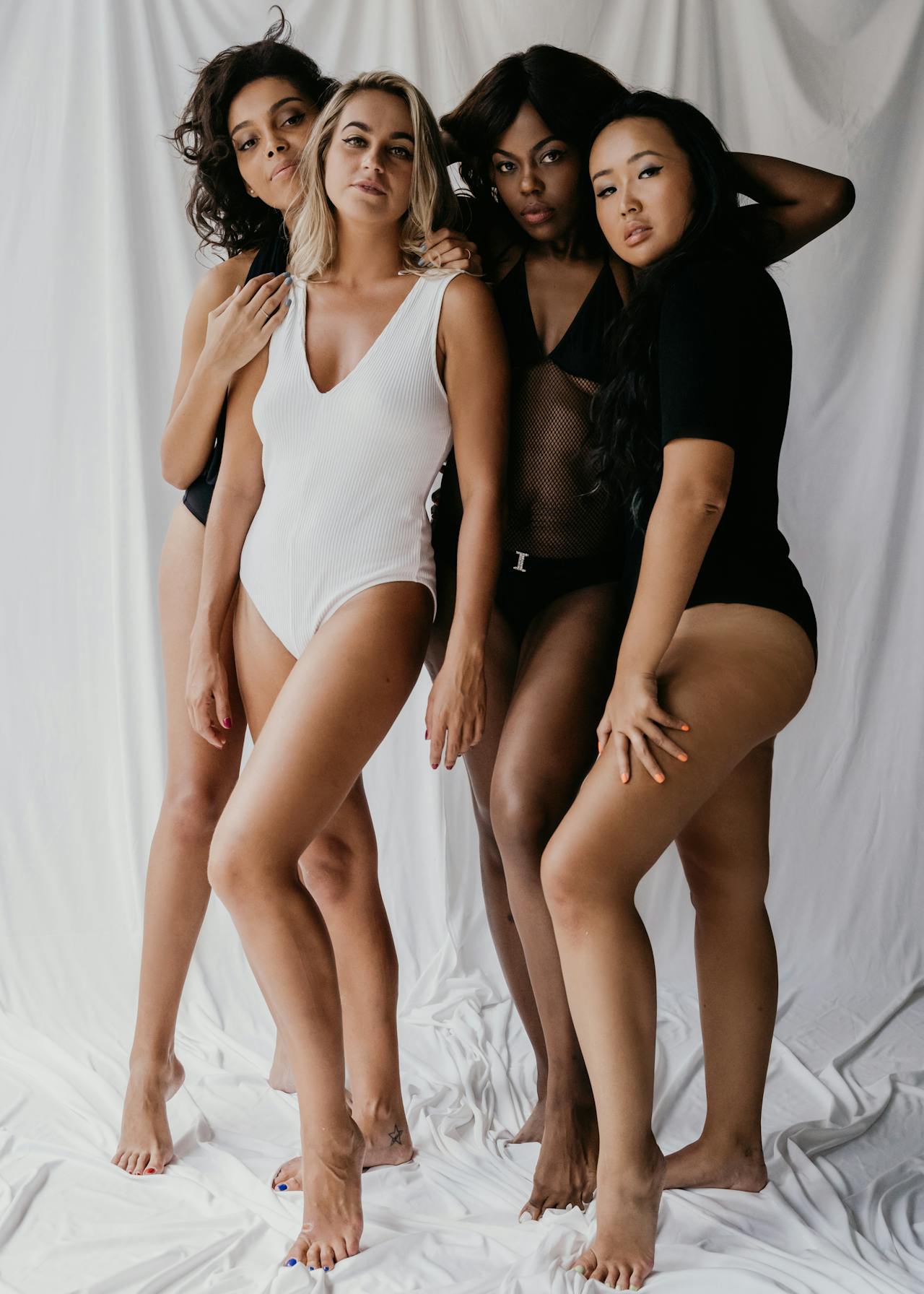
Group portraits don’t have to be stiff and formal! Creating dynamic group shots is all about balance and interaction. Instead of everyone standing in a row, try mixing it up: some seated, some standing, and maybe a few leaning on a surface. This variety creates a more dynamic, visually interesting photo and avoids that “staged” feel.
Encourage natural interaction between group members to add authenticity. Have them share a laugh, exchange a glance, or do something simple like clinking glasses. These candid moments will make the photo feel more like a true reflection of the group’s dynamic.
When arranging people in a group, think about their angles. Having everyone angle slightly toward the center will keep the focus where it belongs. Similarly, position them in a way that takes advantage of the light, ensuring even illumination on each person. And avoid everyone facing the camera head-on—it can make the portrait feel more stiff and impersonal.
Also, be mindful of personal space. A little room between each person prevents awkward overlaps and ensures the composition feels balanced. If you’re not quite happy with the final look, don’t hesitate to adjust the photo later with cropping or straightening tools in post-production.
Conclusion: Creating Portraits That Tell a Story
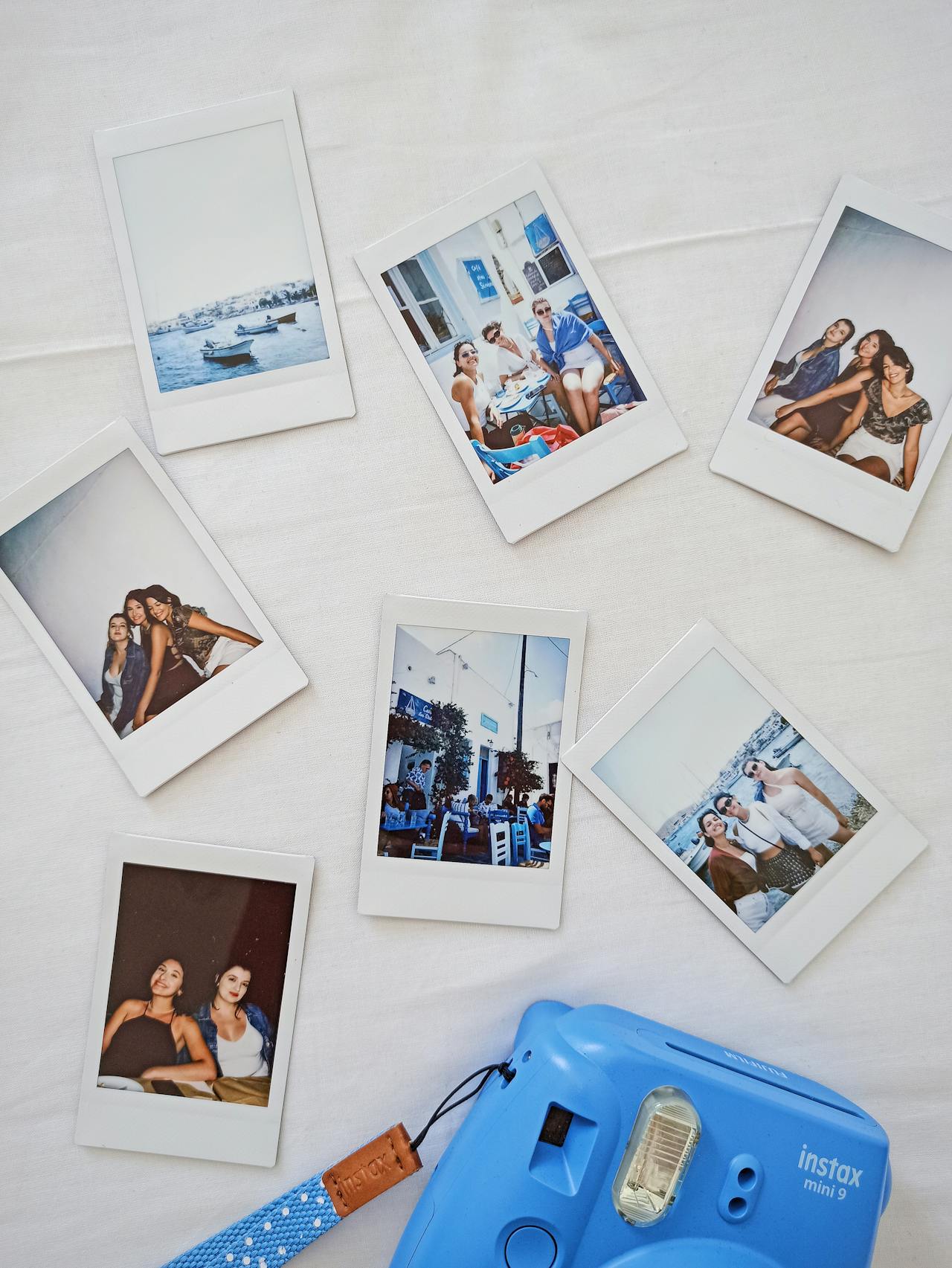
At the end of the day, the secret to a great portrait is making sure the model feels comfortable and confident. Every little adjustment—from posture to movement to interaction—plays a role in creating a shot that feels alive and full of character. And don’t forget, it’s not just about capturing the moment; it’s about highlighting the model’s unique personality and features.
With a little practice and a lot of creativity, you’ll soon be capturing portraits that not only look great but also tell compelling, authentic stories. So, next time you’re behind the lens for a portrait photography shoot (or in front of it!), keep these tips for great poses in mind and watch your photos come to life.
Featured image: Justin French for The Cut Magazine
For the latest in fashion, lifestyle, and culture, follow us on Instagram @StyleRave_
—Read Also
At Style Rave, we aim to inspire our readers by providing engaging content to not just entertain but to inform and empower you as you ASPIRE to become more stylish, live smarter and be healthier. Follow us on Instagram! @StyleRave_ ♥

